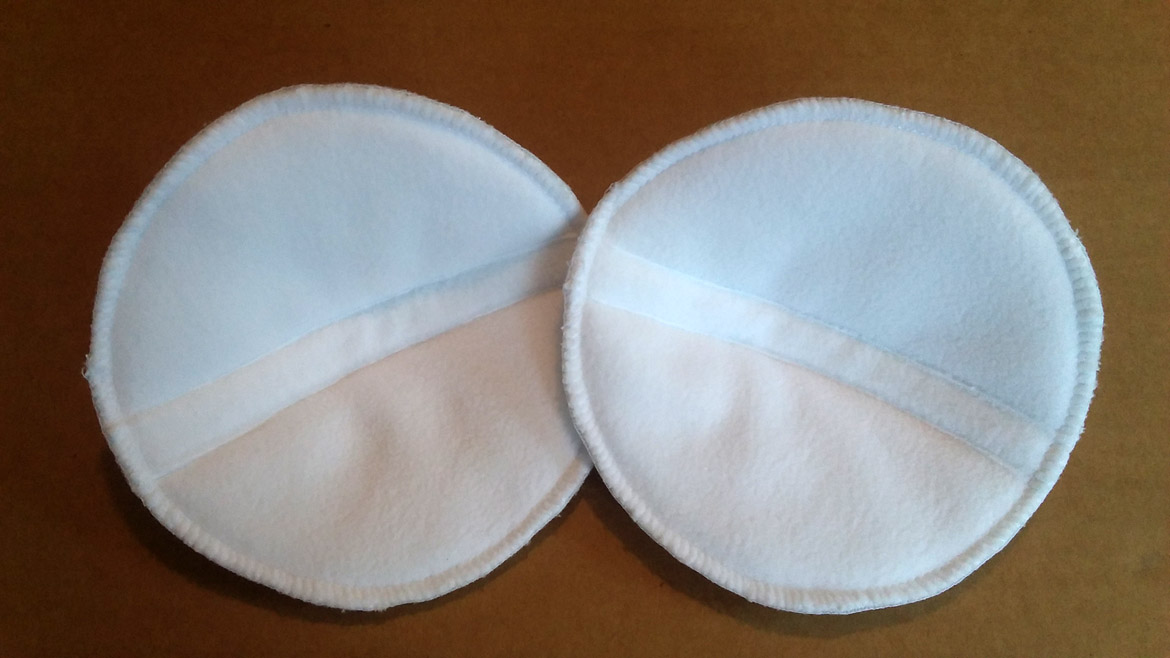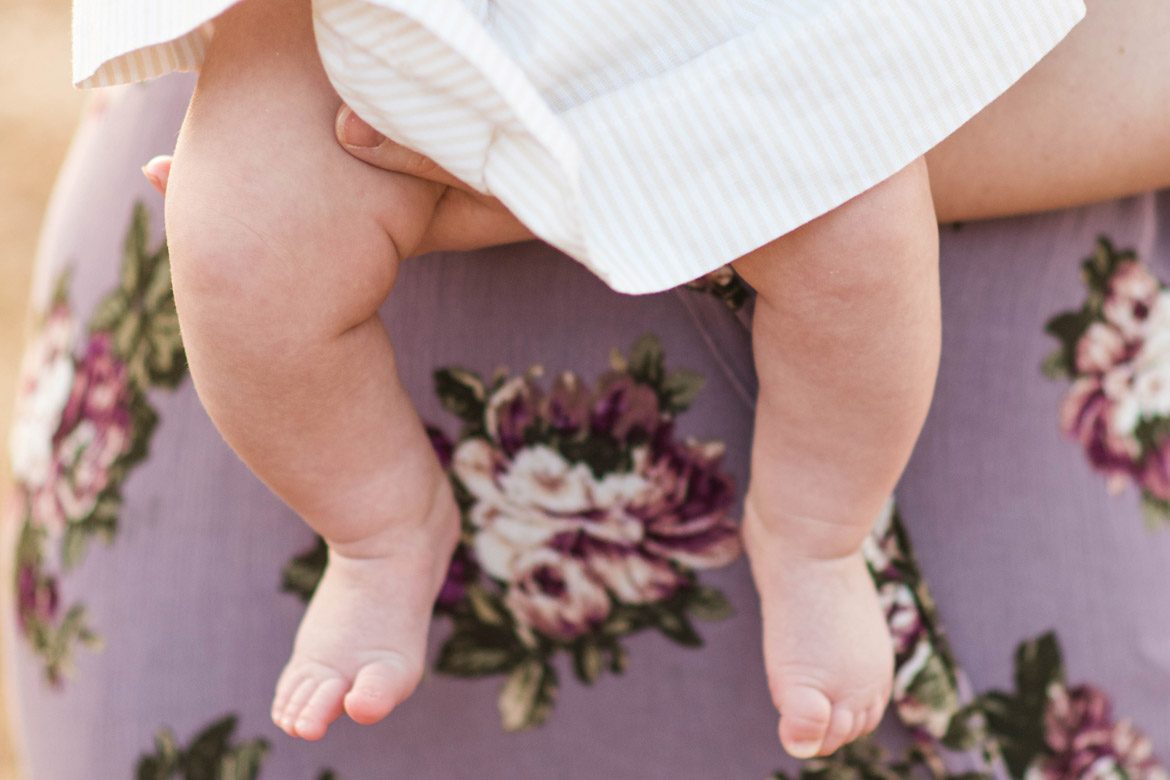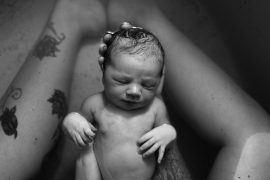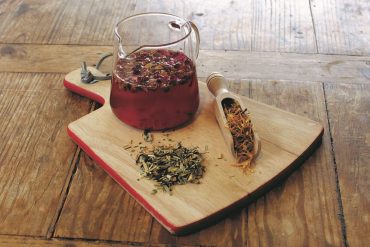Do your nipples go white after breastfeeding and when exposed to the cold? Do you have sore nipples while pregnant, that are made worse by the cold? If so, you may have a condition called Raynaud’s of the nipple.
Raynaud’s of the nipple
Raynaud’s of the nipple, or breastfeeding Raynaud’s, is a condition where women have nipple vasospasms triggered by cold or breastfeeding – the blood vessels constrict, cutting off the blood supply.
Raynaud’s of the nipple most commonly affects breastfeeding women, with onset typically occurring sometime in the first month, or during the first winter of breastfeeding. However, Raynaud’s also commonly occurs in pregnant women, and may also affect women who have never been pregnant. It is more common in cold climates and can be hereditary. Women who have Raynaud’s of the fingers and toes will often develop Raynaud’s of the nipple when they start to breastfeed. Raynaud’s occurs in up to 22% of women (Olsen and Nielson, 1978).
If the vasospasms are due to the cold only, the term Raynaud’s disease is used. If they are secondary to another condition, then the term Raynaud’s phenomenon is used. If the vasospasms are due to poor latch only, then the condition is not Raynaud’s, but is just described as nipple vasospasm or blanching.
What happens?
The nipple turns white, then typically purple then pink, as blood low in oxygen – then high in oxygen – enters the nipple. As different blood vessels can constrict for different lengths of time, it can be possible to see all three colours in the nipple at once.
Pain typically occurs as blood re-enters the nipple, lasting up to several minutes. The classic colour changes occur when this condition is fully developed. However, early symptoms of this condition usually include sensitivity of the breasts to the cold, and sore, painful breasts and chest. A woman without the classic colour change symptoms may have a minor, or early, case of Raynaud’s, and may still benefit from treatment for this condition.
Pain with latching can be another symptom for breastfeeding women. Damage to the nipple can occur if a child latches onto a constricted nipple during a vasospasm. The constricted nipple doesn’t stretch well, and the internal and sometimes external damage can cause high levels of pain during latching and sometimes also with milk let down. Any such internal damage can take a week or so to heal and become pain free.
After the first vasospasm event, it is likely to continue to occur with each feeding or exposure to the cold, typically taking a week or two for the events to subside with treatment. It may last from a few minutes to continuously if the nipple is not warmed.
Quick tips for if you are in pain now:
- Aim a hair drier down your top for a minute (between your T-shirt and jersey)
- Have a hot drink
- Use a large heated wheat pack on your front
- Turn the heater up and put socks and slippers on
- Have a hot shower
- Squeeze your nipples if they are white to get the blood back into them
- Make sure your breastpads are dry and you don’t have wet cotton against your skin
- Put your jersey in the clothes drier for 5 minutes and then pop it back on
Vasospasm most commonly occurs on both nipples, but may be limited to one, and which nipple may change over time. It can be triggered solely by the cold, extreme changes in temperature, high emotions, leaving nipples to air-dry after breastfeeding, damage to the nipple caused by poor latch or similar, or a combination of factors.
Some medications have been associated with vasospasm including oral contraceptives. “Fibromyalgia, rheumatologic diseases (eg, systemic lupus erythematosus or rheumatoid arthritis), endocrine diseases (eg, hypothyroidism or carcinoid), and prior breast surgery have also been associated with Raynaud’s phenomenon.” (kellymom webpage).
Raynaud’s is often misdiagnosed as poor latch, as pain can occur when feeding, external damage may be present, and it may not hurt every time you breastfeed. This can be a very frustrating diagnosis for the mother, as trying to repeatedly latch the baby to get the “perfect latch” can result in intense pain every time. Raynaud’s is sometimes also misdiagnosed as thrush or as a milk bleb.

See next page for management of Raynaud’s…











